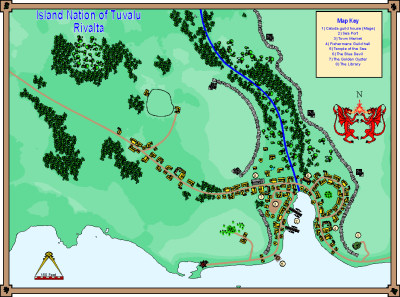Futura Cyrillic

Futura typeface includes a great appearance of efficiency and forwardness of its’ own kind. In usefulness Futura font family stays as important typeface and used on many remarkable projects for print and digital purposes as both headlines and body text font on daily basis. Futura Font Free In 1980 a Cyrillic variant of the original Futura Medium typeface was made by Anatoli Muzanov for the Summer Olympics held in Moscow, Russia.
With over 130,000 fonts available to license for any project, MyFonts is the largest font marketplace around. Futura® Extra Bold Condensed Oblique.
There is other great usefulness of Futura font such as creating title logo of the 1999 film American Beauty. The bold version was used for writing NBC Sports on-screen graphics from 1989-1991, and by CBS Sports from 1992-1996.
Shaar (Extra Bold, Extra Bold Italic) Tommy Thompson (Extra Bold Italic) Date created 1927 Futura is a designed by and released in 1927. It was designed as a contribution on the -project.
It is based on geometric shapes, especially the circle, similar in spirit to the design style of the period. It was developed as a typeface by the, in competition with 's seminal typeface of 1926. Futura has an appearance of efficiency and forwardness.

Although Renner was not associated with the, he shared many of its idioms and believed that a modern typeface should express modern models, rather than be a revival of a previous design. Renner's design rejected the approach of most previous sans-serif designs (now often called ), which were based on the models of signpainting, condensed lettering and nineteenth-century serif typefaces, in favour of simple geometric forms: near-perfect circles, triangles and squares. It is based on strokes of near-even weight, which are low in contrast. The lowercase has tall ascenders, which rise above the cap line, and uses nearly-circular, single-storey forms for the 'a' and 'g', the former previously more common in handwriting than in printed text. The uppercase characters present proportions similar to those of classical. The original metal type showed extensive adaptation of the design to individual sizes, and several divergent digitisations have been released by different companies.
Futura was extensively marketed by Bauer and its American distribution arm by brochure as capturing the spirit of modernity, using the German slogan 'die Schrift unserer Zeit' ('the typeface of our time') and in English 'the typeface of today and tomorrow'. It has remained popular since. Original drafts of Futura had more abstract variant designs for several letters, such as a two-story lowercase 'a' (left, compared to Futura's standard one-story 'a' at right). Paul Renner began sketching his letters that would become Futura in 1924; the typeface was available for use three years later.
Matrices for machine composition were made. Despite its clean geometric appearance, some of Futura's design choices recalled classic serif typefaces. Contoh soal psikotes gratis pdf bewerken.
Unlike many sans-serif designs intended for display purposes, Futura has quite a low, reducing its stridency and increasing its suitability for body text. The original Futura design concept included small capitals. These were dropped from the original metal issue of the type and first offered digitally by Neufville Digital under the Futura ND family; [ ] small caps are also available in the digitisation. The design of Futura avoids the decorative, eliminating nonessential elements, but makes subtle departures from pure geometric designs that allow the letterforms to seem balanced. This is visible in the apparently almost perfectly round stroke of the o, which is nonetheless slightly ovoid, and in how the circular strokes of letters like b gently thin as they merge with the verticals. Renner's biographer Christopher Burke has noted the important role of the Bauer Foundry's manufacturing team in adapting the design for different sizes of text, a feature not seen in digital releases. 
However, Renner expressed some disappointment with the slow design and release process, as it allowed Erbar (1926) to precede his design and other typefaces of similar design to appear in the same year as its release. Renner's original plan was for two versions: a more conventional version suitable for general use, and a more eccentric, geometric lower case based on the circle and triangle. This plan was scrapped, although the characters did appear on an early specimen and more recently on at least one digitisation. Futura was immediately very successful, due to its combination of classicism and modernity. It spawned a range of derivative geometric sans-serif typefaces from competing foundries, particularly in the United States. In the UK Futura, while sometimes used, was overshadowed by, which became popular for similar reasons in the UK and came to define 1930s and 1940s printing.